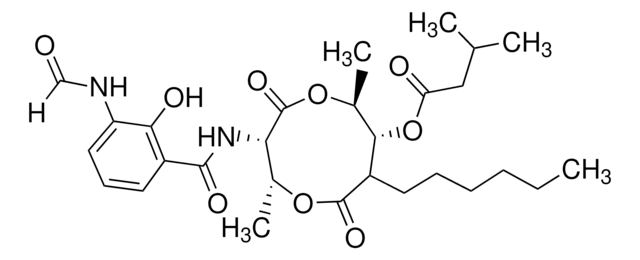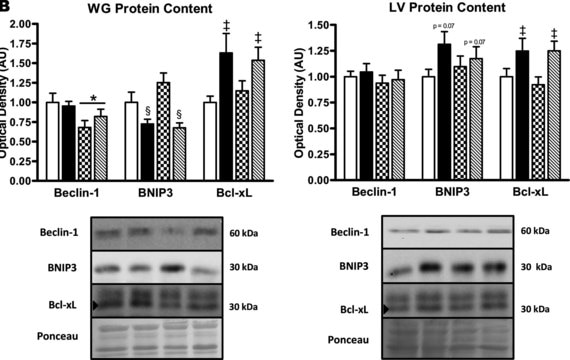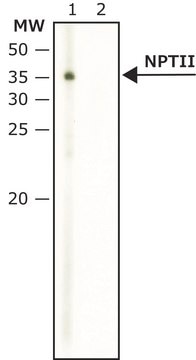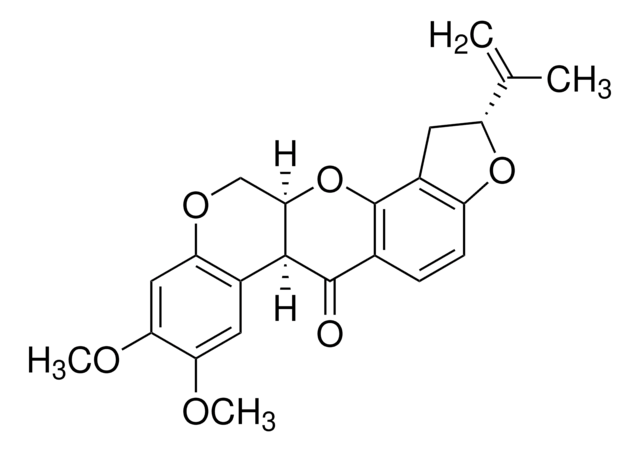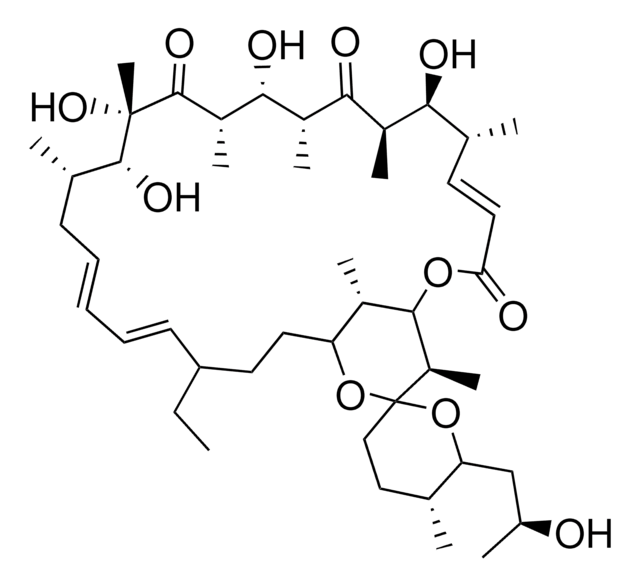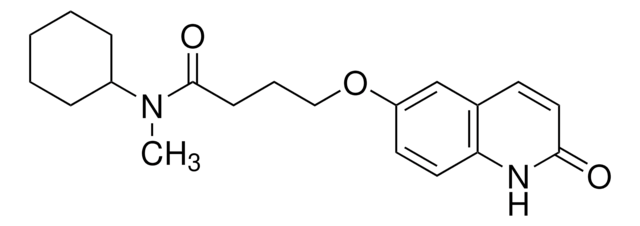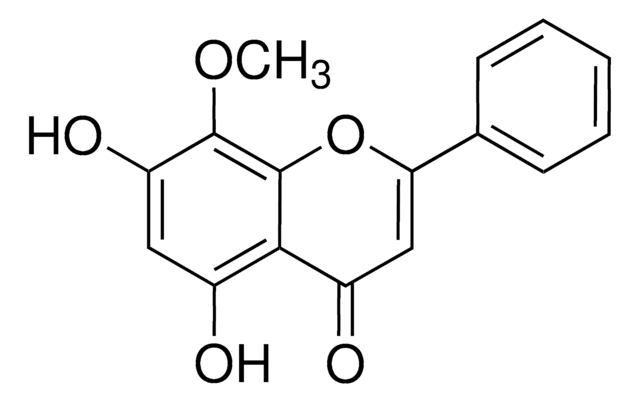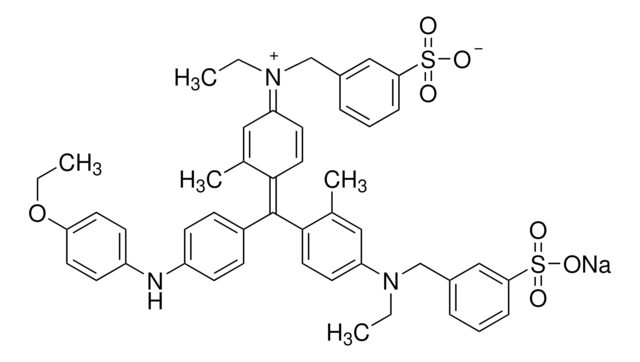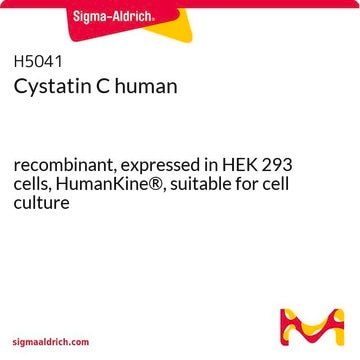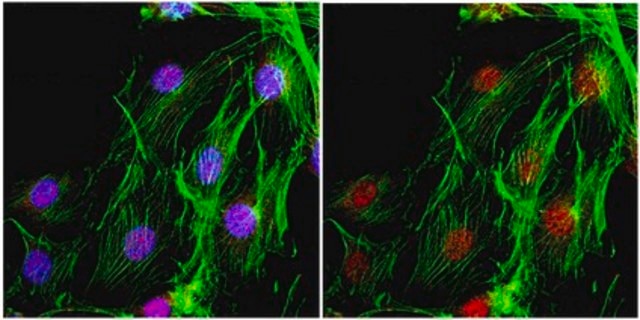06-747
Anti-Neomycin Phosphotransferase II Antibody
Upstate®, from rabbit
Synonym(s):
Anti-Neomycin II, Neomycin II Antibody, Neomycin Phosphotransferase Ab
Sign Into View Organizational & Contract Pricing
All Photos(1)
About This Item
UNSPSC Code:
12352203
eCl@ss:
32160702
NACRES:
NA.41
Recommended Products
biological source
rabbit
Quality Level
antibody form
purified immunoglobulin
antibody product type
primary antibodies
clone
polyclonal
species reactivity
human, bacteria
species reactivity (predicted by homology)
mouse, rat
manufacturer/tradename
Upstate®
technique(s)
western blot: suitable
isotype
IgG
UniProt accession no.
shipped in
wet ice
target post-translational modification
unmodified
General description
Neomycin phosphotransferase II confers resistance to kanamycin and neomycin in bacteria and G418 (Geneticin®, G418 Sulfate) in mammalian cells. These antibiotics bind to ribosomal components and inhibit protein synthesis. NPT II inhibits these antibiotics through phosphorylation, which is thought to interfere with their active transport into the cell. Immunoblot analysis of transfected cell lysates with anti NPT II can be used to gauge relative transfection efficiencies in experiments where multiple transfections are performed in parallel with different plasmids.
Specificity
Recognizes NPT II, Mr ~30 kDa
Immunogen
Full length neomycin phosphotransferase (NPT) II
Application
Anti-Neomycin Phosphotransferase II Antibody is an antibody against Neomycin Phosphotransferase II for use in WB.
Research Category
Epitope Tags & General Use
Epitope Tags & General Use
Research Sub Category
Epitope Tags
Epitope Tags
Western Blot Analysis:
1-2 μg/mL dilutions of a previous lot detected NPT II in RIPA lysates from Cos-1 cells transfected with pUSE, harboring the neomycin resistance gene.
1-2 μg/mL dilutions of a previous lot detected NPT II in RIPA lysates from Cos-1 cells transfected with pUSE, harboring the neomycin resistance gene.
Quality
Routinely evaluated by Western Blot on transiently transfected Cos-1 cells.
Western Blot Analysis:
1-2 μg/mL of a previous lot detected NPT II in RIPA lysate from Cos-1 cells transfected with pUSE, harboring the neomycin resistance gene.
Western Blot Analysis:
1-2 μg/mL of a previous lot detected NPT II in RIPA lysate from Cos-1 cells transfected with pUSE, harboring the neomycin resistance gene.
Target description
~30 kDa
Physical form
Format: Purified
Protein A purified
Purified rabbit polyclonal IgG in buffer containing 0.1 M Tris-glycine, pH 7.4, 0.15 M NaCl, 0.05% sodium azide before the addition of glycerol to 30%. Liquid at -20°C.
Storage and Stability
Stable for 1 year at 2 - 8°C from date of receipt.
Handling Recommendations:
Upon receipt, and prior to removing the cap, centrifuge the vial and gently mix the solution. Aliquot into microcentrifuge tubes and store at 2 - 8°C. Avoid repeated freeze/thaw cycles, which may damage IgG and affect product performance. Note: Variability in freezer temperatures below 2 - 8°C may cause glycerol containing solutions to become frozen during storage.
Handling Recommendations:
Upon receipt, and prior to removing the cap, centrifuge the vial and gently mix the solution. Aliquot into microcentrifuge tubes and store at 2 - 8°C. Avoid repeated freeze/thaw cycles, which may damage IgG and affect product performance. Note: Variability in freezer temperatures below 2 - 8°C may cause glycerol containing solutions to become frozen during storage.
Analysis Note
Control
RIPA lysates from Cos-1 cells transfected with pUSE, harboring the neomycin resistance gene
RIPA lysates from Cos-1 cells transfected with pUSE, harboring the neomycin resistance gene
Other Notes
Concentration: Please refer to the Certificate of Analysis for the lot-specific concentration.
Legal Information
Geneticin is a registered trademark of Gibco BRL Life Technologies, Inc.
UPSTATE is a registered trademark of Merck KGaA, Darmstadt, Germany
Disclaimer
Unless otherwise stated in our catalog or other company documentation accompanying the product(s), our products are intended for research use only and are not to be used for any other purpose, which includes but is not limited to, unauthorized commercial uses, in vitro diagnostic uses, ex vivo or in vivo therapeutic uses or any type of consumption or application to humans or animals.
Not finding the right product?
Try our Product Selector Tool.
wgk_germany
WGK 1
Certificates of Analysis (COA)
Search for Certificates of Analysis (COA) by entering the products Lot/Batch Number. Lot and Batch Numbers can be found on a product’s label following the words ‘Lot’ or ‘Batch’.
Already Own This Product?
Find documentation for the products that you have recently purchased in the Document Library.
Mutation in the catalytic subunit of DNA polymerase alpha influences transcriptional gene silencing and homologous recombination in Arabidopsis.
Liu J, Ren X, Yin H, Wang Y, Xia R, Wang Y, Gong Z
The Plant Journal null
Efficient CRISPR-Cas9-mediated genome editing in Plasmodium falciparum.
Wagner, JC; Platt, RJ; Goldfless, SJ; Zhang, F; Niles, JC
Nature Methods null
Jan Kosla et al.
Cell communication and signaling : CCS, 11, 51-51 (2013-08-01)
Although there is extensive evidence for the amoeboid invasiveness of cancer cells in vitro, much less is known about the role of amoeboid invasiveness in metastasis and the importance of Rho/ROCK/MLC signaling in this process. We analyzed the dependence of
Jennifer E Dumaine et al.
eLife, 10 (2021-12-07)
The parasite Cryptosporidium is responsible for diarrheal disease in young children causing death, malnutrition, and growth delay. Cryptosporidium invades enterocytes where it develops in a unique intracellular niche. Infected cells exhibit profound changes in morphology, physiology, and transcriptional activity. How
An integrated strategy for efficient vector construction and multi-gene expression in Plasmodium falciparum.
Wagner, JC; Goldfless, SJ; Ganesan, SM; Lee, MC; Fidock, DA; Niles, JC
Malaria Journal null
Our team of scientists has experience in all areas of research including Life Science, Material Science, Chemical Synthesis, Chromatography, Analytical and many others.
Contact Technical Service